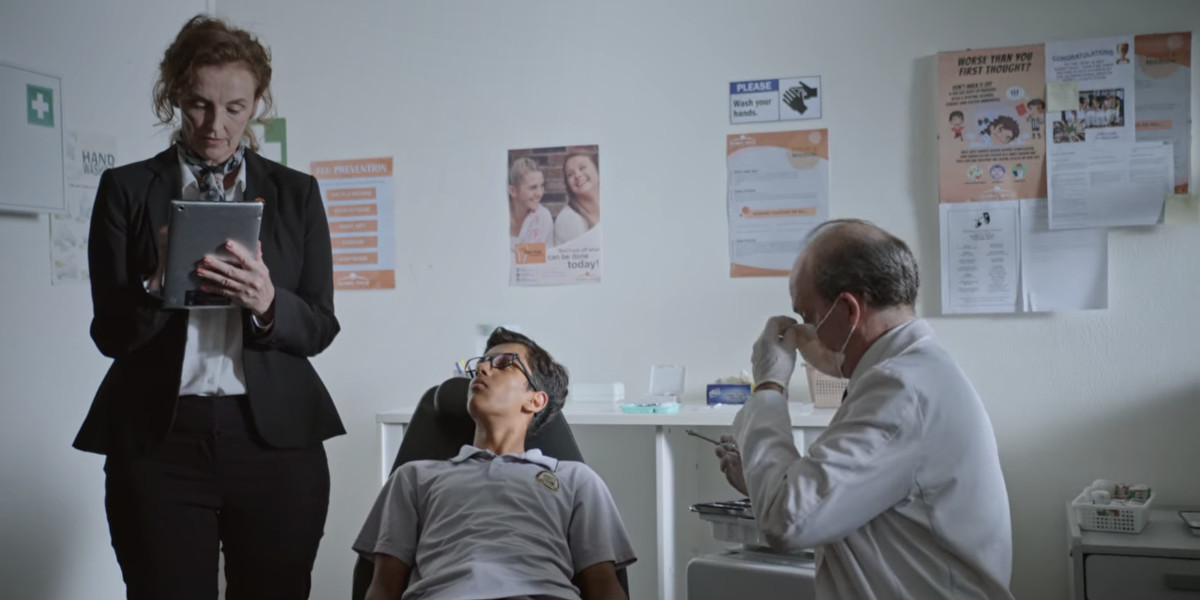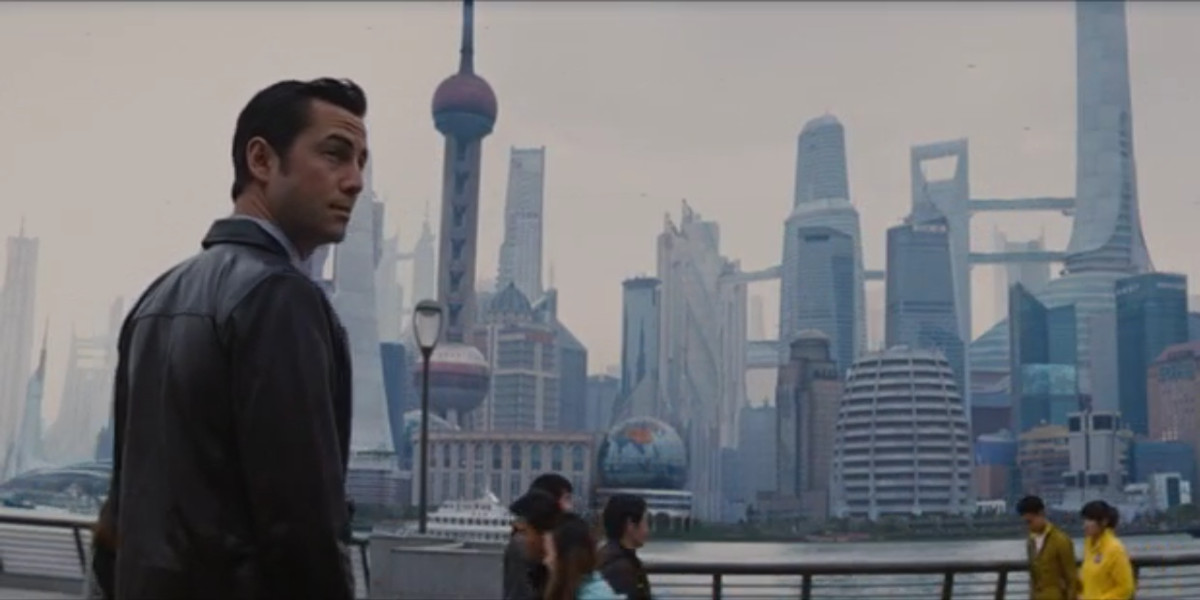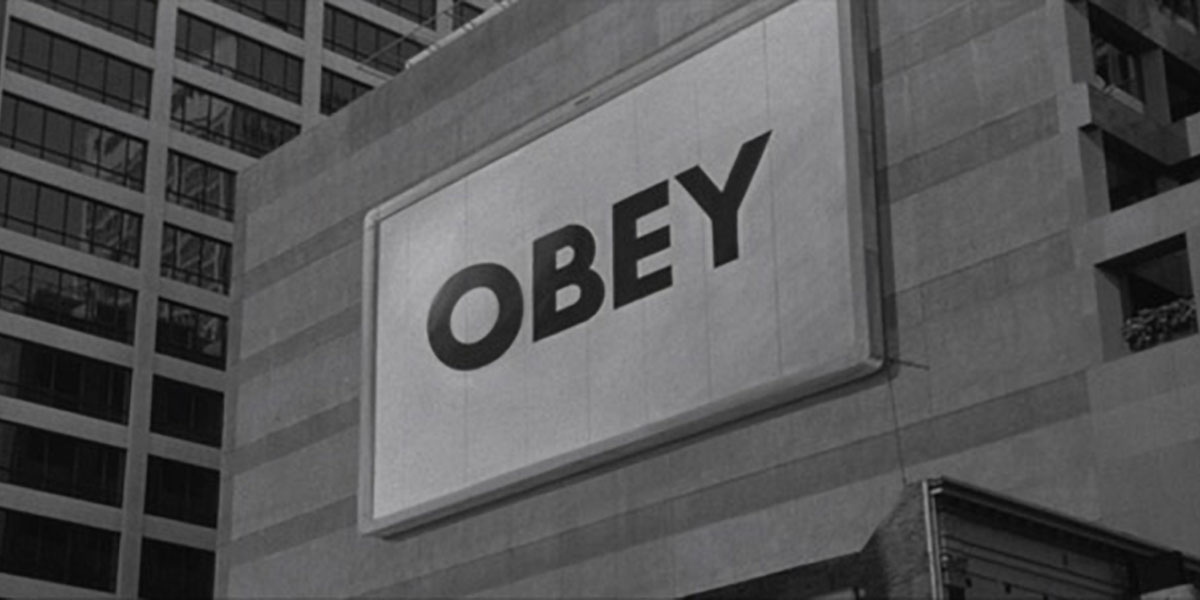This Isn’t the Future We Wanted, but It’s the Future We Got
Let's make the most of it.

Skyrocketing food and fuel prices, shortages of everything from microprocessors to baby formula, massive expansions of government surveillance and propaganda programs, and leaders more interested in provoking conflict than building peace. It's safe to say that when we imagined the twenty-first century, this is not what we had in mind.
But, here we are. Living in a greatest-hits dystopia that combines the endless war and oppressive state apparatus of 1984, the medication and media-induced voluntary compliance of Brave New World, the soul-crushing bureaucracy and enforced conformity of Brazil, the economic collapse and desperation of Looper, the sterility and ideological conformity of Demolition Man and the dysfunctional technology of The Hitchhiker's Guide to the Galaxy.
That's the bad news.
The good news is that unsustainable things inevitably collapse. Sure, the globalist technocrats want to force us all into a neo-feudalism in which we are constantly tracked and controlled, but they will fail, as grandiose psychopaths have always failed. And when they do, it will be time to create new systems of governance and civilization.
Until then, we have to do the best we can with what we have. That means reducing our dependence on structures that degrade us, and investing energy into ones that elevate us. One helpful approach is to look to the past. Our society suffers from neomania: obsession with "the new." Whether or not something is better than what came before is irrelevant, in the eyes of the mainstream. All that matters is that it be new, different, and exciting. This is a philosophy driven not by human needs or desires, but by marketing cycles. We don't need to buy a new phone, computer, or car every year or two, but the companies that make those things do need to sell us one. To make sure we do, they build each generation of devices to fail right around the time the next generation will be introduced. But it wasn't always this way.
For generations (millennia, actually), humans built things as well as possible, so that they would last as long as possible. This is why buildings from 800 years ago outlast buildings from 18 years ago. Even within the modern era - the last 150 years - we find that people were healthier and happier two or three generations ago than they are now. While certain metrics, such as infant mortality, have improved in recent decades, others measurements, such as rates of cancer, heart disease, and even testosterone levels, have moved drastically in the wrong direction.
Clearly, while everything wasn't better in the middle of the 20th century, a lot of things were. The challenge, then, is to recapture the best of the past, without losing the best of the present, and - ideally - remaining open to the best that the future offers.
That, in a nutshell, is the best we can hope for while we live in a dystopia, and it is the goal of this site, Dystopian Living.


